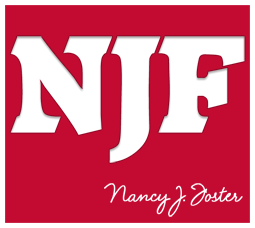A few of the sites I’ve built over the years…
Designing a website involves a multitude of things, but the most important component is content. People come to your site to be enriched in some way. Perhaps it’s to learn how to do something, have a good laugh, or simply determine whether you offer what they need. You’ve got to give them a reason to visit your site, and better still, look around at all you offer.
No matter how good your content is, if you don’t make it easy to find things, it’s worthless. When designing a website, keep navigation in mind. Don’t make the visitor hunt around for the information he needs. Put yourself in the shoes of the typical person you expect to visit your site and think about what he will look for, then provide a clear path to it.
Don’t overload the screen with too much information. If you make things too dense, your visitor is liable to throw up his hands and leave. As with print design, white space and illustrations are your friends.
Make sure you’re providing good contrast between your text and any background. Reading on a monitor, laptop or mobile device can be hard enough on the eyes. Don’t compound the problem by doing large amounts of reversed-out text (light copy on a dark background), or worse, laying text over a photo or other patterned background. And speaking of easy to read text, sans serif faces are usually better with digital mediums.
There are different schools of thoughts regarding the length of pages. While pretty much all designers agree your site should never scroll left-to-right (caused by designing it for too wide a width for the browser), some think vertical scrolling should also be avoided while others make pages that go on and on. I prefer a middle of the road approach. With most pages, I try to keep it to one to two “screen pages” in length.
Avoid putting text in graphic format when you can. I’ve occasionally had a client want a large passage of text set in a unique typeface. The only stable way to do this is by creating a graphic of the passage, but search engines can’t “read” what you and I can easily see on screen. That graphic image is just a collection of pixels to the search engine. While you can put some information into the HTML “alt” tag, it’s better to use proper “readable” text. This will also help your Search Engine Optimization (SEO).
Speaking of SEO, I don’t normally recommend fancy Flash websites. While doing those can make sense for certain types of entities (musical acts, for instance), they come with a pretty big downside: SEO is much more difficult, if not impossible. I know they can be things of beauty, but that does you no good if prospective visitors never find the site.
